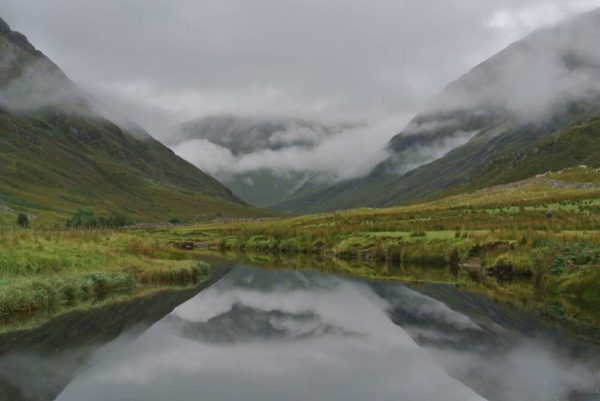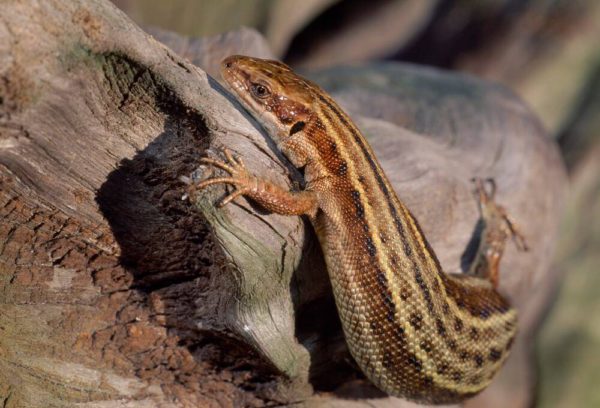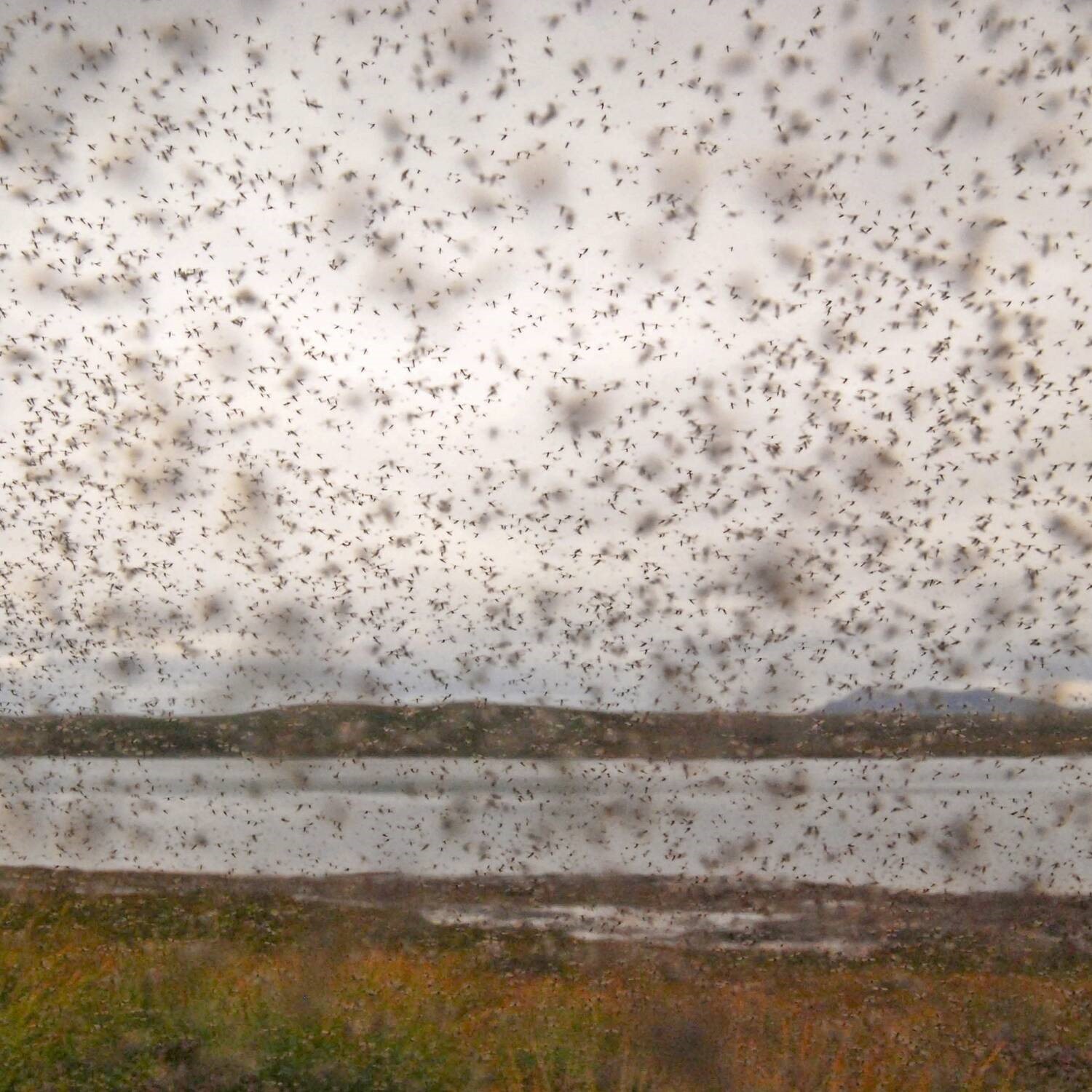By: Rule Anderson, National Trust for Scotland Ranger at Kintail, West Affric and Falls of Glomach
We all hate midges … don’t we? Here, Kintail ranger Rule Anderson gives us a few good reasons to buck the trend, for the sake of our wildlife.

Summer is nature’s time for the young. Bats are getting ready to give birth in their nursery roosts in our towns and cities; young hedgehogs may already be in your garden; and field voles should be onto their second or even third litters in grassy corners of the countryside. What’s more, we’re approaching peak season for what is arguably Scotland’s most spectacular wildlife wonder: the vast colonies of nesting seabirds that find their way to internationally important sites in the National Trust for Scotland’s care such as St Abb’s Head National Nature Reserve, Mingulay and St Kilda.
Here at my base in Kintail, red deer are beginning to calve on undisturbed stretches of hillside. The calls of the young animals to their mothers have been mistaken for distress calls from hillwalkers, on one occasion even spurring a futile all-night mountain rescue search.
The weather can make or break my summer plans; if it’s bad, the worst that happens is that I’ll have to cancel a guided walk or redirect volunteers to a work site that’s not too far from the bunkhouse. For some of our wildlife, however, a bad summer is a matter of life and death.
People’s pet hate

Midges are many people’s pet hate when exploring Scotland’s countryside, but they’re a crucial food supply for many birds, bats and even some plants (the fascinating insectivorous sundew and butterwort have sticky glands or leaves that trap the insect). Midges won’t fly during heavy rain or in a strong breeze, so a prolonged spell of bad weather can be disastrous for those species that rely on them.
Reptiles, such as common lizards, and invertebrates including Scotch argus butterflies and golden-ringed dragonflies can be even more affected by the weather. A sunny summer is good for them, with its reward of vibrant wildflower displays when species such as tormentil and heath spotted-orchid carpet Kintail. Without that sun, there are fewer flowers, meaning fewer sources of food for our creatures. Come August, I’ll be looking out for heather in full bloom on our hillsides. I’m as wary of the dreaded midge as the next person – but for the sake of our wildlife, I’ll have my midge hood to hand, in the hope that this summer is a buzzing one.
Have you had a Scottish midge experience? Share your story with us by email, post, social media or at: www.scottishbanner.com/contact-us
Text and images are courtesy of the National Trust for Scotland. For more information on the Trust or to help them protect Scotland’s heritage see: www.nts.org.uk

